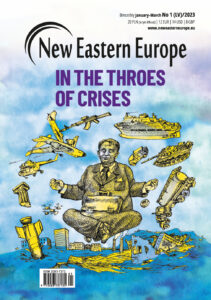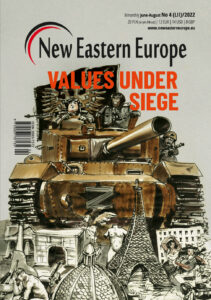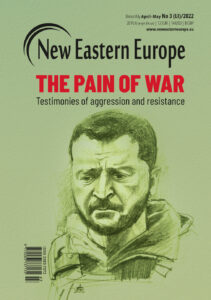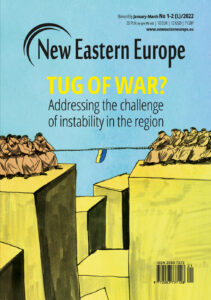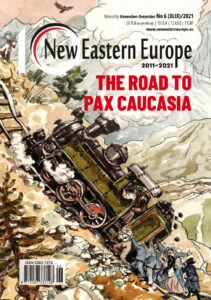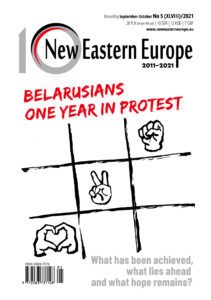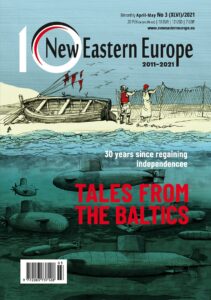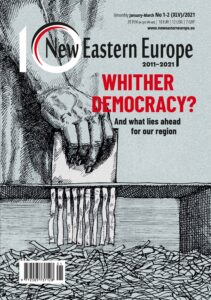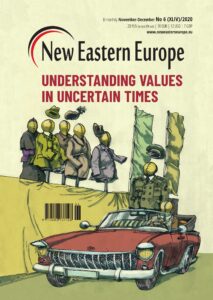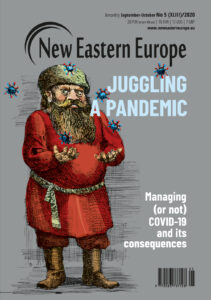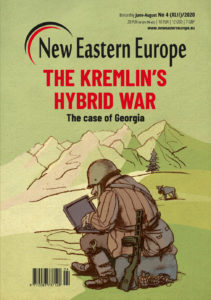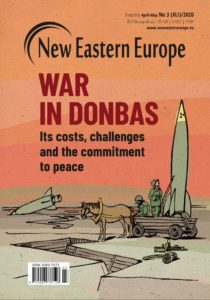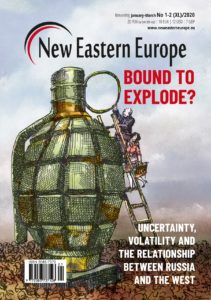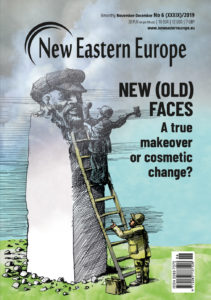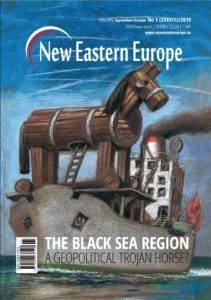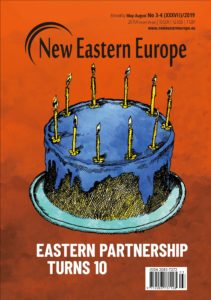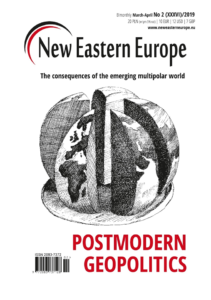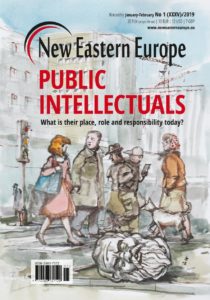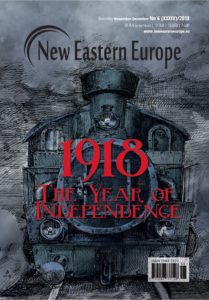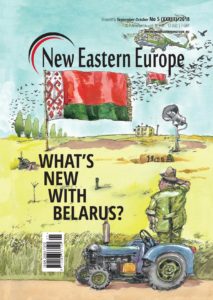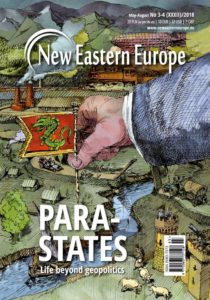Rediscovering a Jewish Wrocław
Wrocław is an extraordinary city. Its uniqueness lies not only in its charm, vitality and openness, but its extraordinary history, which is part of the history of Poland, the Czech Republic, Germany and Austria. It is also the capital of Silesia, a region where the European East and West meet, diffusing, enriching and inspiring one another. It is also a city where the memory of previous identities was often erased – as it did not serve the new nationalist, exclusiveness, which would doom the city’s past for centuries of silence and falsehood. Such was the case in Germany during the time of Bismarck and even more during the period of communist Poland.
September 1, 2018 -
Aleksander Gleichgewicht
-
Issue 5 2018MagazineStories and ideas

The Centre for Jewish Culture and Education at the restored White Stork Synagogue in Wrocław is open to all residents. Photo: The Center for Studies of the Holocaust and Religious Minorities








